Quick Summary: Gaming has been the dominating industry for years with a large audience base and higher return on investment. However, with thousands of competitors out there, make sure that your game vision stands out, it is essential to choose the right game development framework and engines. In this blog, we will discuss everything you need to know about game development and emerging trends to watch out for in 2025 and beyond.
Creating captivating and distinctive gaming experiences requires a blend of technical skills, creativity, and a thorough understanding of player psychology. As player expectations evolve and technology advances, developers are consistently pushing the limits to offer immersive experiences.
This dynamic landscape highlights the growing innovation and expansion in the gaming industry. At the heart of this transformation are game development frameworks and engines that provide the required tools and features to bring virtual worlds to life.
In this blog, we will cover the game development world, learn the top frameworks, discuss emerging trends, and touch on the cost associated with game development.
Defining Game Development
Game development refers to the process of developing video games, including everything from the initial concept and design to code, test, review, and release in the production environment.
It is a multifaceted endeavor that includes art, storytelling, sound design, and coding. Game development requires collaboration between programmers, game designers, artists, sound engineers, and quality analysts to build something remarkable.
What are Game Development Engines & Frameworks?
A game engine is a software platform offering libraries, tools, and APIs needed to develop graphics, visualization, and video games.
These game engines provide core functionalities required to build a game, such as physics simulations, sound management, graphics rendering, animation systems, scripting environment, and input handling.
Some popular game engines developers use include Unity, CryEngine, Unreal Engine, and Godot.
On the other hand, game development frameworks are compact and flexible sets of reusable codes and libraries. Frameworks provide reusable code libraries that handle basic game development tasks, helping development teams design the game architecture from the ground up without writing or implementing features themselves.
Phaser, Three.js, MonoGame, Pygame, and LibGDX are a few examples of game development frameworks.
While game frameworks and engines are related and used together for game development, they are not the same. Some of the key differences among both are as follows:
|
Aspect |
Game Engines |
Game Frameworks |
|
Complexity |
Fully-features, easier for beginners |
Lightweight, requires more coding knowledge |
|
Customization |
Limited by built-in tools |
Highly customizable |
|
Tools Provided |
Comes with editors, scripting, animation systems, etc. |
Requires external tools for assets |
|
Examples |
Unity, CryEngine, Unreal Engine, and Godot. |
Phaser, MonoGame, Pygame, and LibGDX |
Top 10 Game Development Frameworks & Engines for 2025
The top game development engines and frameworks that are shaping the gaming industry and empowering developers to bring their ideas to life are:
1. Unity
Unity, a cross-platform game engine, is developed by Unity Technologies and has established itself as one of the dominating forces in the game development industry.
It’s a proprietary license software that allows developers to create real-time 2D, 3D, and immersive games across 20+ platforms with their end-to-end tools and services.
Unity’s real-time rendering capabilities allow captivating visual effects and its rich asset store provides a large resource collection to accelerate game development. Depending on the requirements of the gaming project, Unity has a free, plus, and pro version to choose from.
2. Unreal Engine
Another popular game engine choice among developers is nonetheless Unreal Engine. Developed by Epic Games, the Unreal engine is a renowned choice for developers looking for amazing rendering capabilities and stunning graphics.
Unreal contains customizable plug-ins and a pre-built modular system, making it a driving force behind several AAA games. It also provides unparalleled customization and flexibility to the developers with its robust Blueprint (powerful visual scripting system) system and C++ programming support.
Unreal engine is on a modular architecture that enables developers to keep their code clean for easy modification and updates to the game.
Equipped with a large collection of rendering tools and VFX capabilities, Unreal offers an extensive set of features like audio systems, physics simulation, animation tools, and more.
.avif)
3. CryEngine
CryEngine, a powerful game development platform, is designed to help developers create high-quality 3D gaming experiences. Similar to Unity and Unreal, CryEngine also has stunning visual fidelity and real-time rendering capacity, making it a good choice for AAA game development.
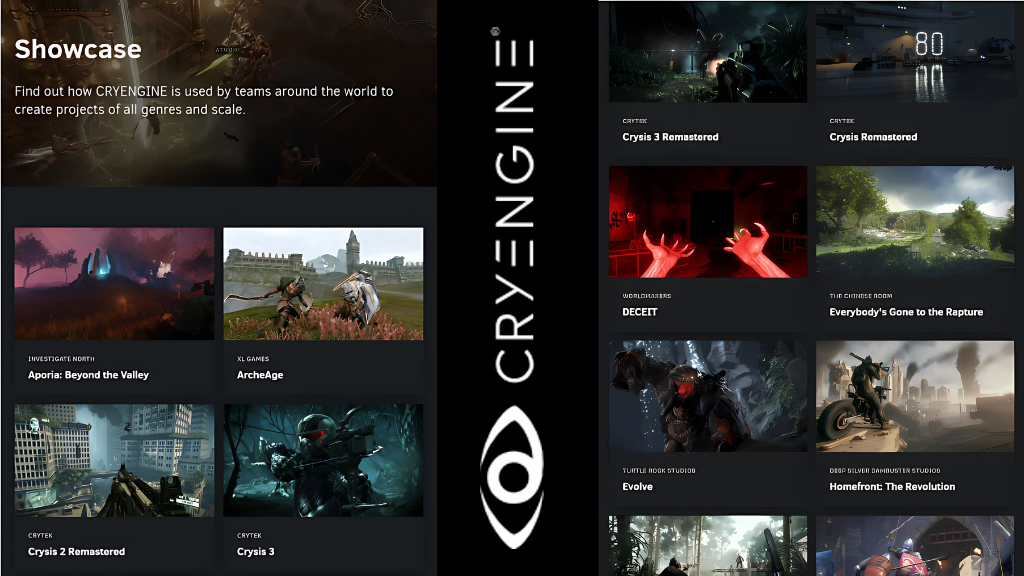
It comes with a sandbox editor to create seamless worlds, rendering for ultra-realistic environments, and physics simulations for creating real-world scene configurations.
CryEngine’s real-time asset conversion and optimization speed up the development process. It’s the best choice for creating first-person games like Hunt: Showdown.
4. GoDot
Godot is a powerful, open-source game engine that offers a free and versatile platform for game development across multiple operating systems.
It provides an extensive array of tools designed to facilitate both 2D and 3D game creation, making it an excellent option for independent developers and smaller studios.
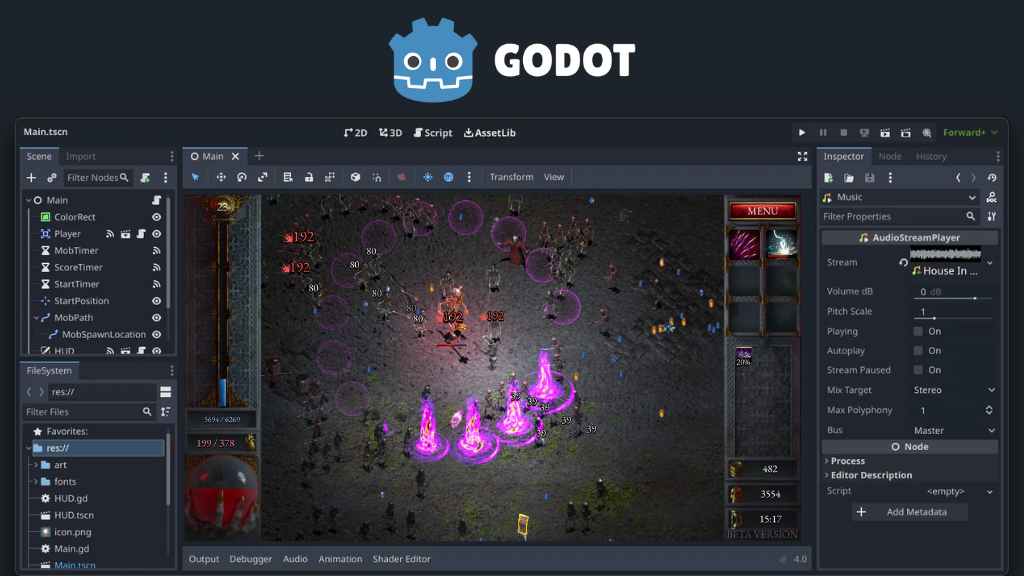
The engine is known for its minimal nature, ensuring smooth performance and efficient resource usage, which is particularly beneficial for projects with limited budgets or smaller teams.
One of Godot's standout features is its flexible scripting options, allowing developers to write code in a variety of languages, with GDScript being tailored specifically for the engine.
Also, the community-driven aspect of Godot is another significant advantage, as it fosters continuous updates and enhancements.
5. Phaser
Phaser is a 2D game framework for HTML5 game development. Developed by Photon Storm, Phaser is a free, fast, and open-source framework that uses WebGL and canvas renderer internally and allows automated swaps between them based on browser support.
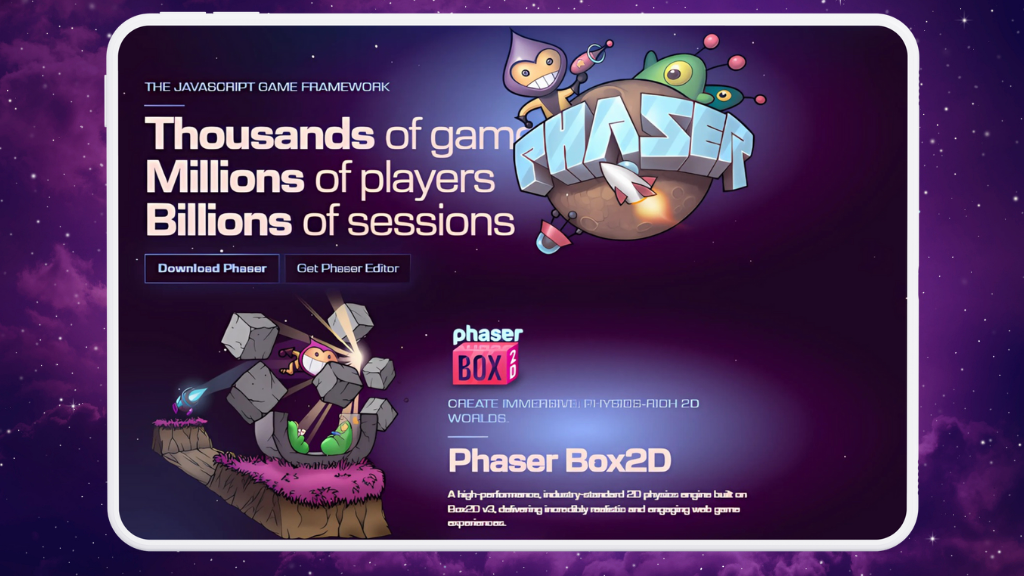
Phaser’s active community also provides a rich collection of extensions and plugins that give developers the right tools and resources for streamlining game development.
Apart from that, its ease of use and lean characteristics make it a favorite among developers who want to build cross-platform or browser-based applications.
6. MonoGame
MonoGame is a free and open-source framework built on .Net, developed by the MonoGame Foundation under the Microsoft Public License.
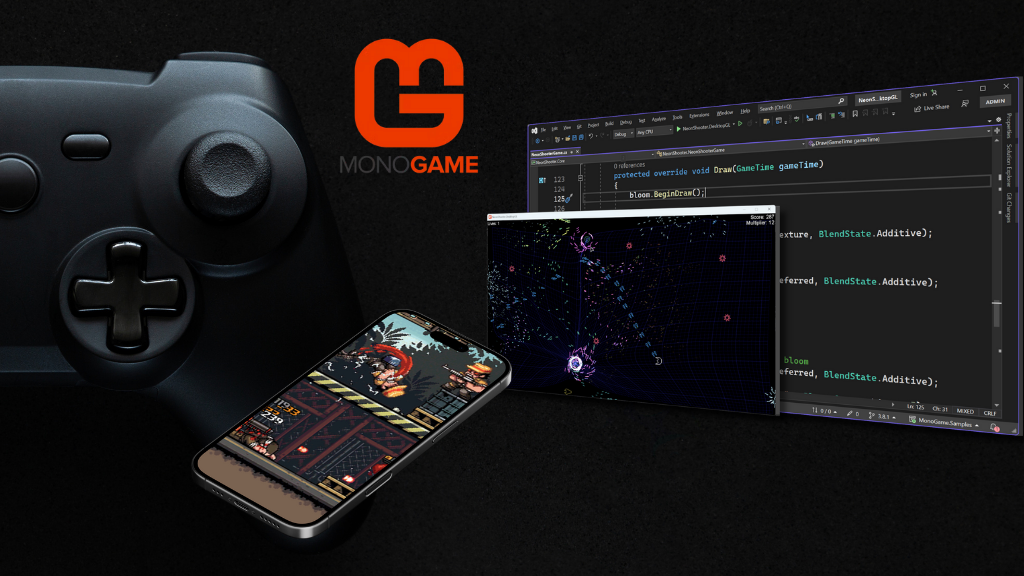
This framework is both simple and robust, empowering developers to create games for diverse platforms, including desktop, mobile devices, and game consoles, all using C# and other .Net programming languages.
MonoGame supports an array of platforms like Windows, Linux, iOS, Xbox, PlayStation, Android, and macOS. It has been used for commercial gaming projects and stands out for having no subscription model, royalty payments, runtime fees, or licensing costs associated with its usage.
7. libGDX
libGDX is among the top frameworks available in the game industry. It is a cross-platform development framework based on OpenGL API. libGDX is written in Java with some C and C++ components for performance-dependent code.
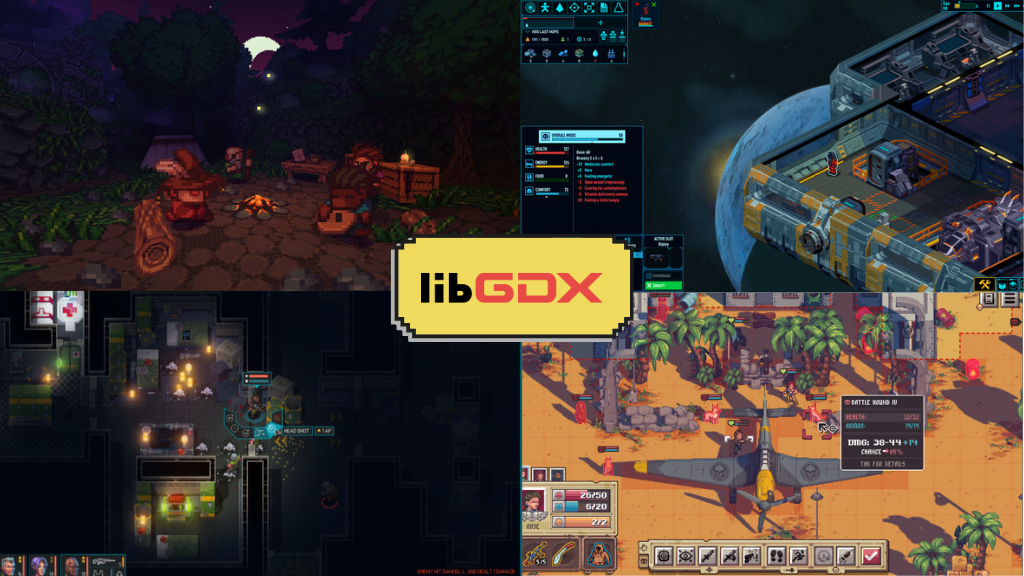
Licensed under Apache 2, it allows developers to create 2D and 3D games.
libGDX also has a robust and well-tested environment that allows fast prototyping and rapid iterations. Moreover, it has active community support and sound documentation that helps beginners understand how it works and use it for their projects.
8. PyGame
PyGame is a set of modules designed on Python for cross-platform game development. It uses Simple DirectMedia Layer Library, viper, Mirra, and PyUI2 libraries to handle low-level tasks like rendering graphics, managing audio, and other common game development functions.
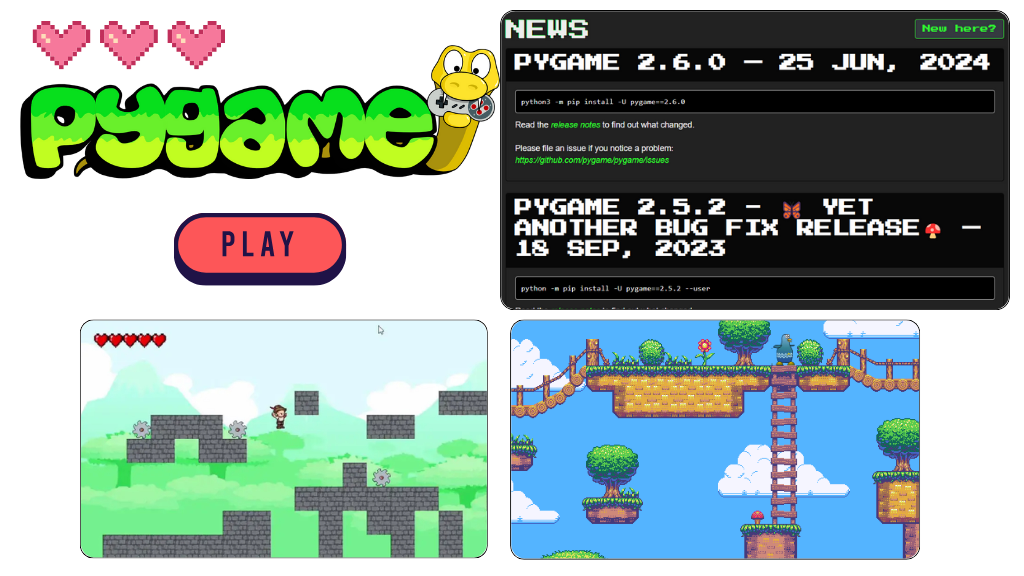
Using PyGame, developers can create fully-featured, multimedia programs in the Python language.
Its popularity relies on the simplicity, large community, and flexibility PyGame offers. It is used to develop video games, educational software, simulations, and interactive art installations.
9. Panda3D
Panda3D is a cross-platform, open-source, free-to-use engine for visualization, experimentation, simulations, and games of course. It has audio, graphics, I/O, collision detection, etc. to create realistic 3D games.
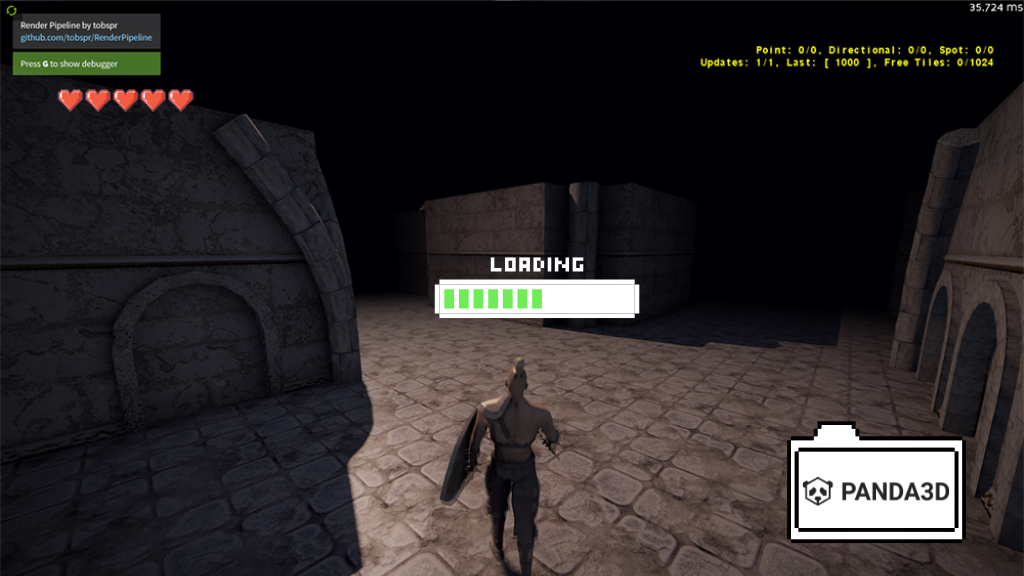
Panda3D combines the ease of Python and the speed of C++ giving developers the ability to build projects faster without compromising their performance. Created for commercial game development, Panda3D is still used for the same purpose.
Panda3D emphasizes four areas - speed, power, error tolerance, and completeness, making it among the preeminent gaming engines in the market.
10. Cocos2d
Cocos2d-X is an open-source, modular, and flexible framework for 2D game development. It is based on OpenGL ES 2.0 and Metal for rendering graphics. It is highly compatible with Android platforms and easily customizable.
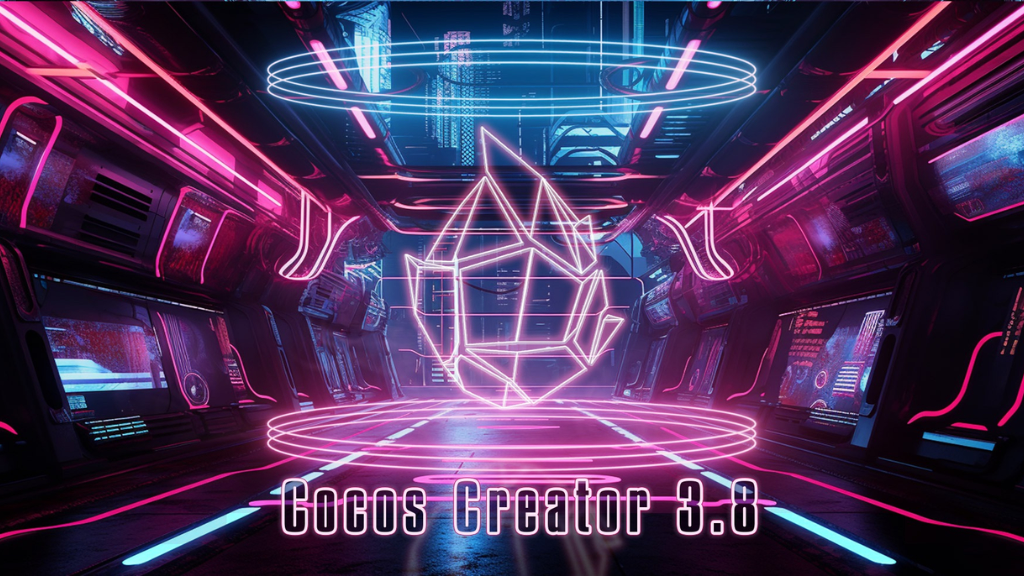
Not just games, Cocos2d can also be used to develop other graphical software applications for multiple platforms like iOS, macOS, Windows, Android, Linux, HarmonyOS, Web, and OpenHarmony. Built using the Pyglet library, the Cocos2d framework is written in Python and C++.
It is easy and efficient with a large community support. What’s more? Coco2d is free to use, i.e., does not require subscriptions or royalties to build GUI-based interactive programs.
Game Development Trends for 2025 & Beyond
If you have come this far, you might be interested in learning about the game development trends that will reshape and transform the gaming industry in the upcoming years.
Below we have enlisted the trends that are going to help you reach more people and add value to your revenue stream.
1. Immersive Gaming
Immersive games improve extended reality (XR) by combining virtual reality, augmented reality, and mixed reality to deliver advanced gaming experiences.
With immersive gaming, we are moving towards more realistic games. Integrating lifelike graphics and high sound design, developers are now set to bring gaming characters and narratives to life, allowing players to connect with the game on a deeper level.
As technology progresses and becomes more available, the immersive gaming experience will draw larger audiences, encouraging further innovations in the game industry.
Cross-Platform Gameplay: The gaming landscape is set to undergo a significant transformation in 2025 and beyond with the increasing prevalence of cross-platform game development.
A growing number of developers are facilitating seamless play among players on different platforms like Xbox, PlayStation, PC, and mobile devices.
This shift marks the decline of platform-exclusive multiplayer modes, benefiting gamers to play with family and friends on different devices.
Not just that, it also enables games to switch between platforms while saving their progress, keeping their streaks unchanged so they won’t have to start again.
2. Cloud Gaming
The rise of cloud gaming is gaining momentum among both players and developers, driven by remote servers. Although cloud gaming has existed for some time, the focus has shifted towards making it more accessible and engaging through cutting-edge technologies.
With services like NVIDIA GeForce NOW and Xbox Cloud Gaming, players now have the ability to enjoy top-tier games on virtually any device. This innovation is breaking down barriers and promoting vibrant, connected gaming communities.
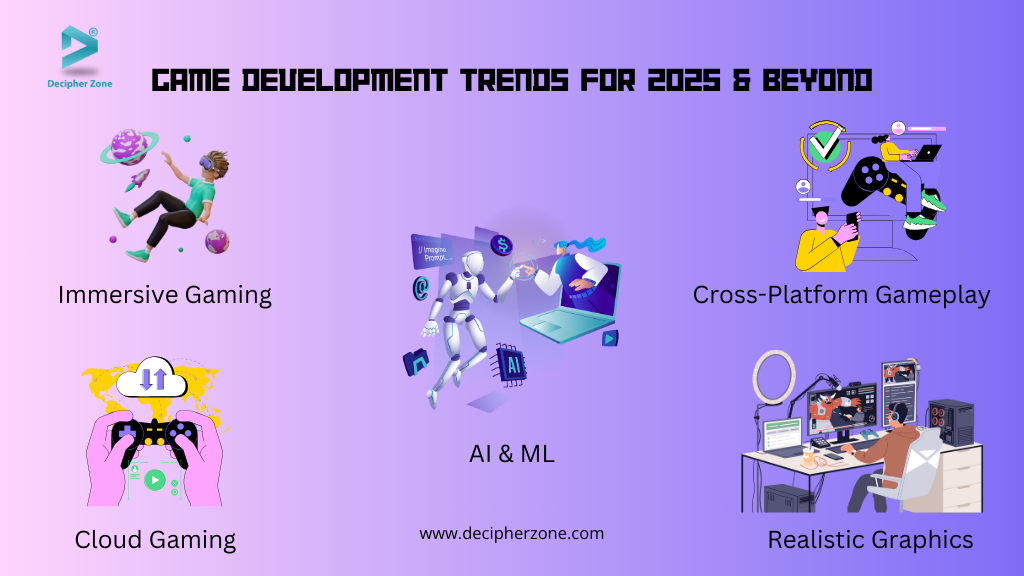
3. AI & ML
Artificial intelligence (AI) and machine learning (ML) are transforming video games, enhancing immersion and engagement. In the next few years, non-playable characters (NPCs) are expected to move beyond scripted behavior, adapting to player strategies and learning from their actions.
We can also anticipate procedurally generated content that evolves in real-time, allowing game environments and storylines to shift based on player choices.
This will create personalized narratives, deepening players' connections to the game world and its characters. Overall, AI and ML integration will lead to a more dynamic gaming experience with high replayability, as each session offers unique challenges and stories tailored to individual play styles. The future of gaming looks to be interactive and highly personalized.
4. Realistic Graphics
The advancements in-game graphics are rapidly evolving, and the integration of ray tracing technology is playing a significant role in this progression. In the future, we can expect games to display even more breathtaking and realistic visuals.
Ray tracing technology simulates the behavior of light in the real world, allowing for incredibly lifelike reflections, shadows, and lighting effects. This enhancement promises to transform gaming experiences into cinematic adventures.
For those who appreciate story-driven games with stunning visuals, the potential impact of ray tracing on the aesthetic quality of games is particularly exciting, as it is likely to elevate the overall graphical fidelity to unprecedented levels.
Cost of Game Development
The cost of game development can vary significantly, ranging from approximately $35,000 to above $600,000. This broad variation in the development cost is influenced by many factors that contribute to the overall complexity and scope of the project.
Simple 2D games with limited features often incur lower costs, while 3D games with rich storylines and complex mechanisms require a higher budget.
Some other factors contributing to this cost spectrum are the size and skill of the development team, their geographical location, game genre, the chosen graphics and art style, development time, tools and technologies used, platform for which the game is being developed, integrations ( e.g. in-app purchases or multiplayer support), service or software dependencies, sound design, user interface design, and the choice of development frameworks and engines.
How Decipher Zone Can Help?
For any individual or business looking to develop interactive and immersive games for their target audience, Decipher Zone has a team of highly skilled developers and designers who are well-versed in developing customized gaming solutions.
Some of the ways in which our professionals can assist you include cross-platform game development, custom game development, 3D game development, 2D game development, ongoing maintenance and support, and more.

With our expertise in integrating third-party services, APIs, frameworks, and game engines, we stand out as the ideal partner for your project needs.
Connect with us for budget-friendly, tailored game development today!
People May Also Ask
-
What are frameworks in game development?
Game development frameworks are the libraries and platforms that provide a structured set of resources and tools for creating customized games. These frameworks streamline the fame development process by providing pre-built functionalities like physical simulation, graphics rendering, audio management, and input management. These frameworks make it easier for developers to focus on creative aspects of the game for faster development and more efficient use of resources.
-
Which framework is best for intricate gaming development?
Unity and Unreal Engine are the biggest contributors in the game development providing powerful all-in-one solutions to the developers to make high-end games like Fortnite, Among Us, Ashes Of Creation, etc.
-
What are the stages of game development?
Different stages of the game development process revolve around pre-production (ideation, planning, and prototyping), production (first playable, vertical slice, pre-alpha, alpha, beta, and gold master), testing, marketing, launch, and post-production (updates, support, and maintenance).

